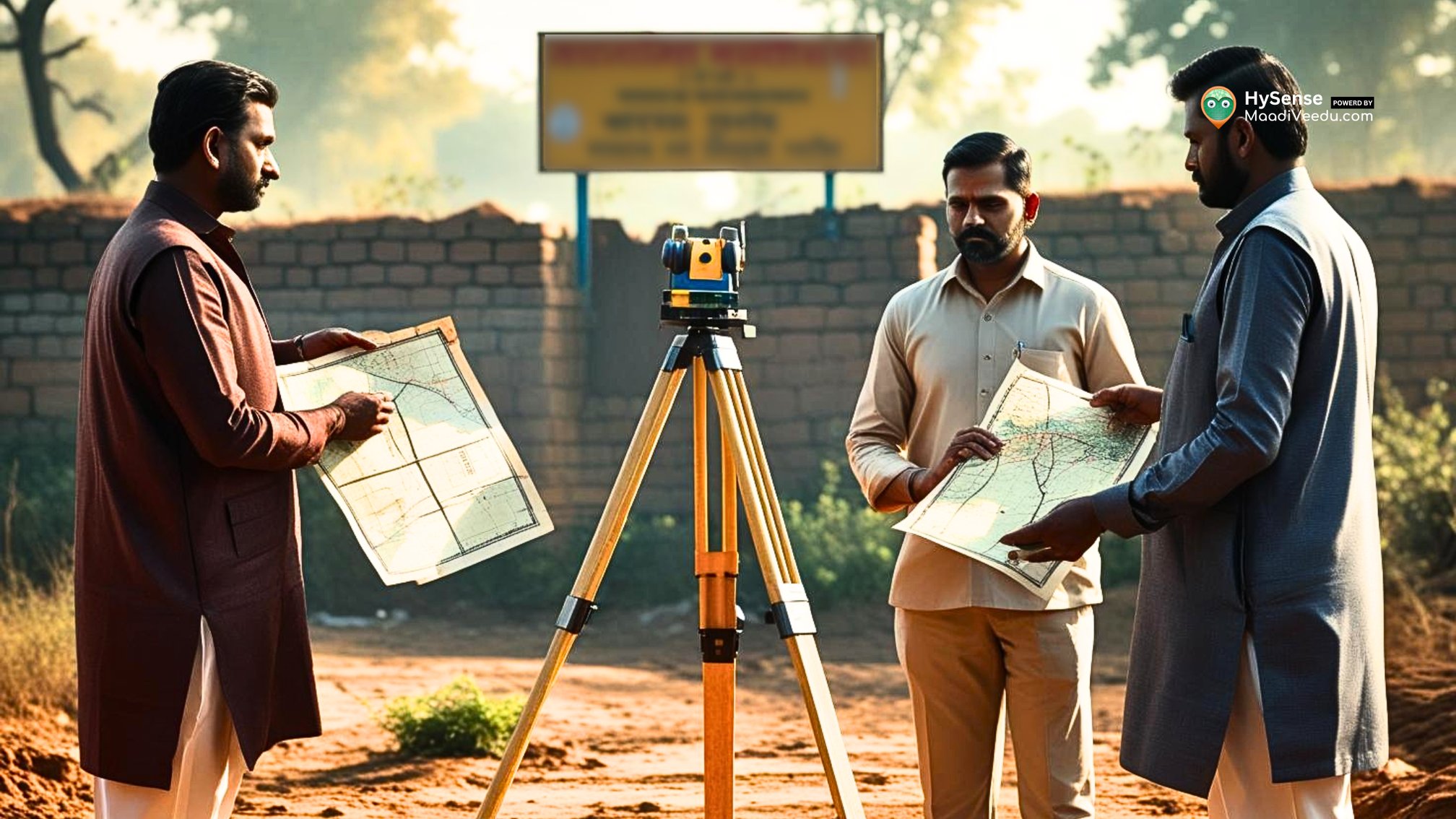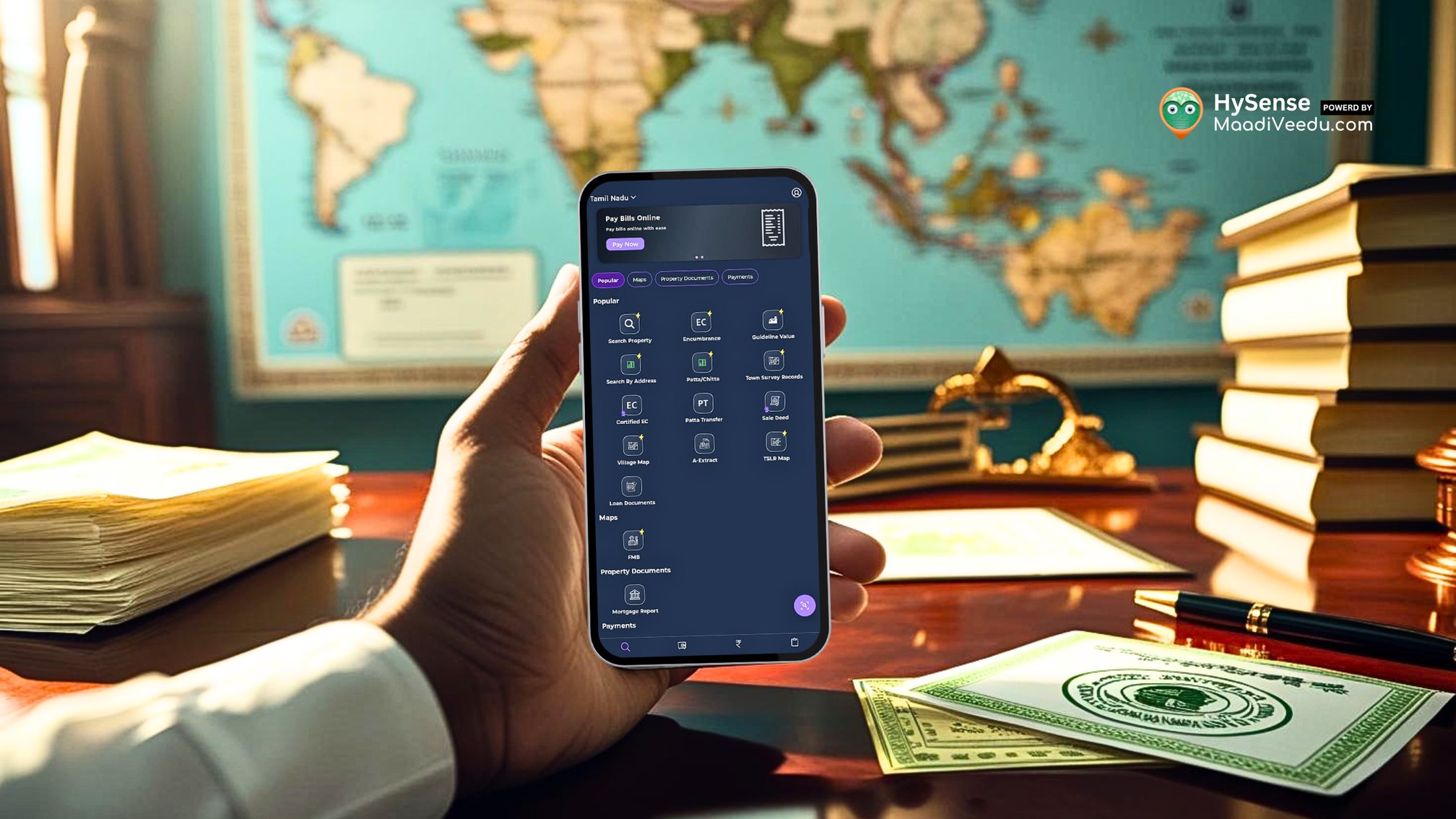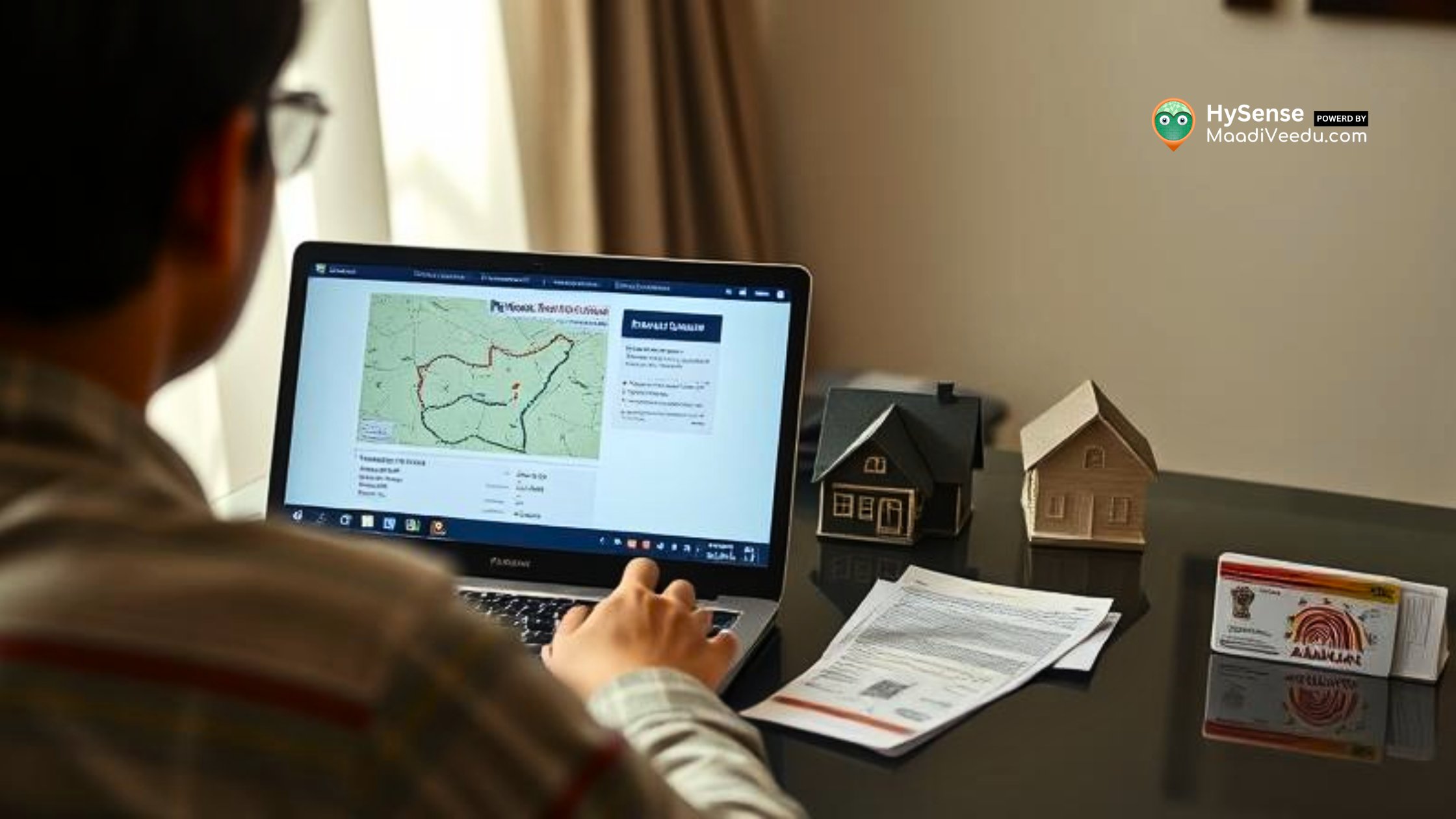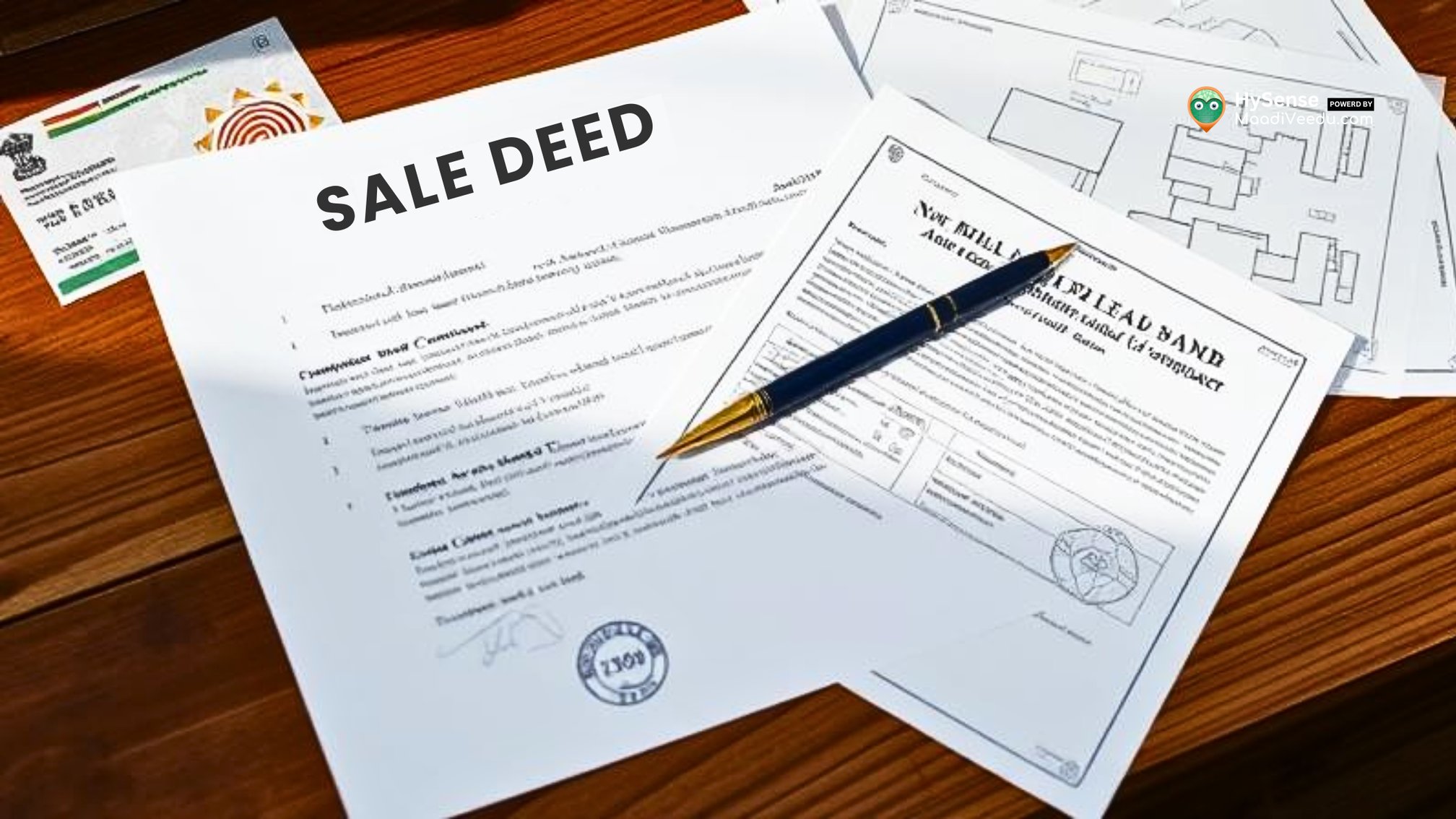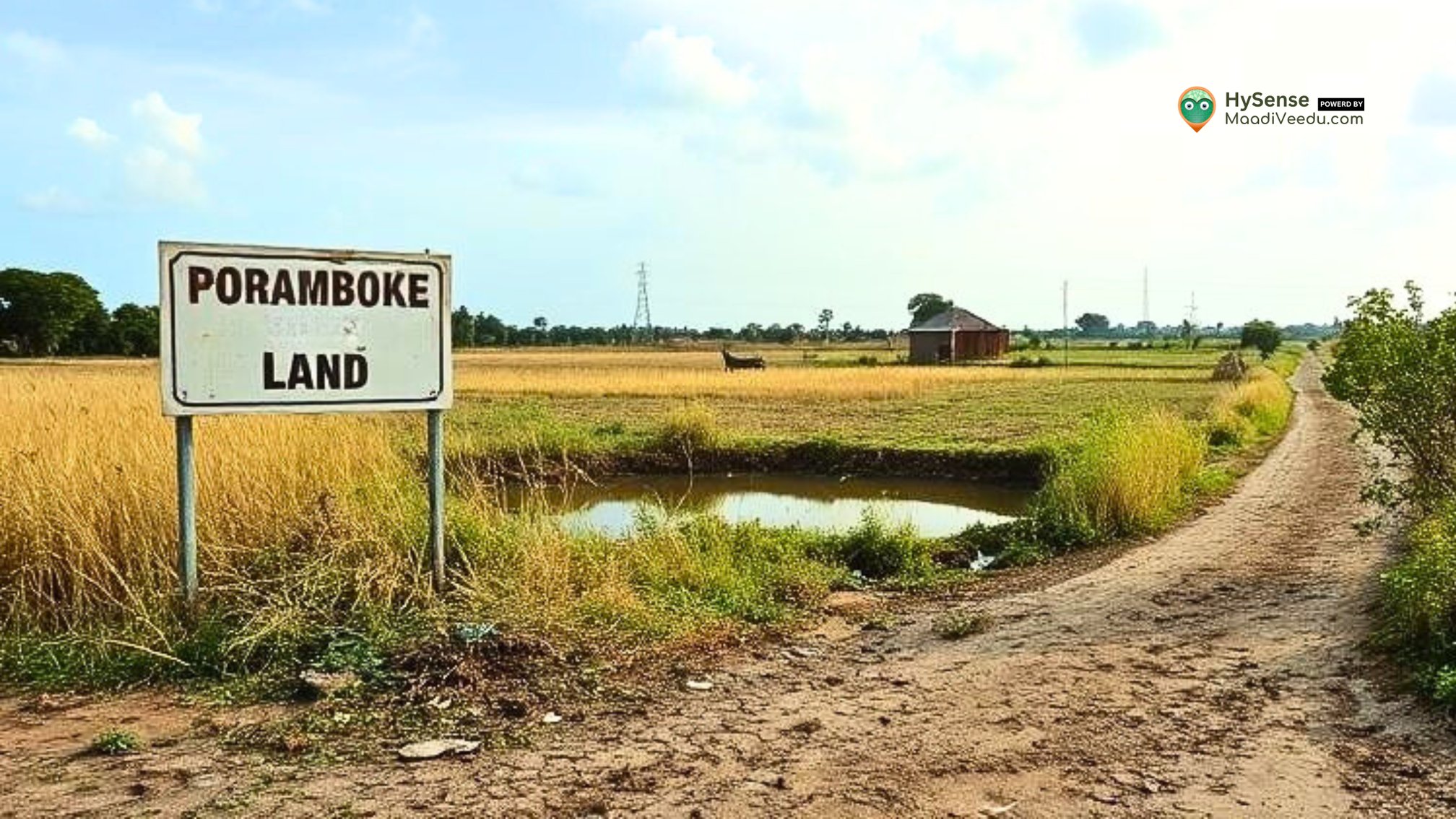GST’s Effect on Residential & Commercial Property in India
How GST affects property prices, rental rates, and transactions in India’s residential and commercial real estate markets.

Table of Contents
GST, or Goods and Services Tax, was introduced in July 2017 to bring a simpler and unified tax system in India. This tax affects various sectors, including real estate. In this blog, we will explore how GST impacts both residential and commercial properties in India. We will also explain the tax rates, how to calculate GST, and provide simple examples to make it easier to understand.
What is GST?
GST is a tax that is added to goods and services. It replaced many older taxes like VAT and service tax. In real estate, GST is mainly applied to under-construction properties and services like construction, development, and leasing.
GST on Residential Property Market
GST on Under-Construction Properties
When you buy an under-construction property, GST is added to the sale price. The tax rate is 12%.
How to Calculate GST on Under-Construction Properties:
- Find out the sale price of the property.
- Multiply it by 12% (the GST rate).
- Add the GST to the sale price to get the final amount.
Example: If the price of an under-construction home is ₹50 lakh:
- GST = ₹50,00,000 × 12% = ₹6,00,000
- Total Price = ₹50,00,000 + ₹6,00,000 = ₹56,00,000
So, you’ll pay ₹56 lakh instead of ₹50 lakh due to the GST.
GST on Affordable Housing
For affordable housing, the GST rate is much lower — just 1% (without Input Tax Credit). This applies to properties that cost less than ₹45 lakh and meet certain size requirements.
How to Calculate GST on Affordable Housing:
- Check the sale price of the property.
- Multiply it by 1% (the reduced GST rate).
- Add the GST to the sale price.
Example: If the price of an affordable home is ₹30 lakh:
- GST = ₹30,00,000 × 1% = ₹30,000
- Total Price = ₹30,00,000 + ₹30,000 = ₹30,30,000
So, you’ll pay ₹30.3 lakh instead of ₹30 lakh due to the GST.
GST on Renting of Residential Properties
GST is charged on rent only if it’s more than ₹20,000 per month. The rate is 18% for residential rentals.
How to Calculate GST on Residential Rent:
- Find out the rent of the property.
- Multiply it by 18% (the GST rate).
- Add the GST to the rent amount.
Example: If the monthly rent is ₹25,000:
- GST = ₹25,000 × 18% = ₹4,500
- Total Rent = ₹25,000 + ₹4,500 = ₹29,500
The tenant will pay ₹29,500 instead of ₹25,000 due to GST.
GST on Commercial Property Market
GST on Commercial Property Transactions
When you buy a commercial property, GST is applied at a rate of 18%. This increases the overall price of the property, especially in high-demand areas like big cities.
How to Calculate GST on Commercial Property Transactions:
- Check the sale price of the property.
- Multiply it by 18% (the GST rate).
- Add the GST to the sale price.
Example: If the price of a commercial property is ₹1 crore:
- GST = ₹1,00,00,000 × 18% = ₹18,00,000
- Total Price = ₹1,00,00,000 + ₹18,00,000 = ₹1,18,00,000
So, you will pay ₹1.18 crore instead of ₹1 crore because of GST.
GST on Renting of Commercial Properties
For renting commercial spaces, GST is also charged at 18% on the rent paid.
How to Calculate GST on Commercial Rent:
- Find the monthly rent for the commercial space.
- Multiply it by 18% (the GST rate).
- Add the GST to the rent.
Example: If the monthly rent is ₹50,000:
- GST = ₹50,000 × 18% = ₹9,000
- Total Rent = ₹50,000 + ₹9,000 = ₹59,000
So, the tenant will pay ₹59,000 instead of ₹50,000 due to GST.
Benefits of GST for Developers and Builders
Input Tax Credit (ITC)
Builders can benefit from Input Tax Credit (ITC). This allows them to claim back the GST they paid on construction materials and services. This reduces the cost of construction for the developer and makes the process more cost-effective.
Example of ITC Benefit:
If a developer spends ₹1.8 crore on materials for a project (with 18% GST), they can claim ₹32.4 lakh (18% of ₹1.8 crore) as ITC. This helps reduce their overall cost.
Challenges of GST in Real Estate
While GST has made the system simpler, it has also brought some challenges:
- Higher Property Prices: The 12% GST on under-construction properties has raised property prices, making homes more expensive for buyers.
- Increased Compliance Costs: Developers need to handle more paperwork and tax filing, which increases their operational costs.
- Confusion Initially: When GST was first introduced, there was a lot of confusion, leading to delays and uncertainty in transactions.
Conclusion: The Future of Real Estate with GST
GST has brought many changes to the real estate sector, making tax compliance easier. However, it has also led to higher prices, especially for under-construction properties and commercial rentals. Despite these challenges, the benefits of GST, such as greater transparency and the ability to claim Input Tax Credit (ITC), will likely improve the real estate market in the long run.
For homebuyers and commercial investors, it’s important to understand how GST affects the total cost of buying or renting properties. Though the upfront costs might be higher, in the future, the simplified tax system will bring more benefits to the market.

